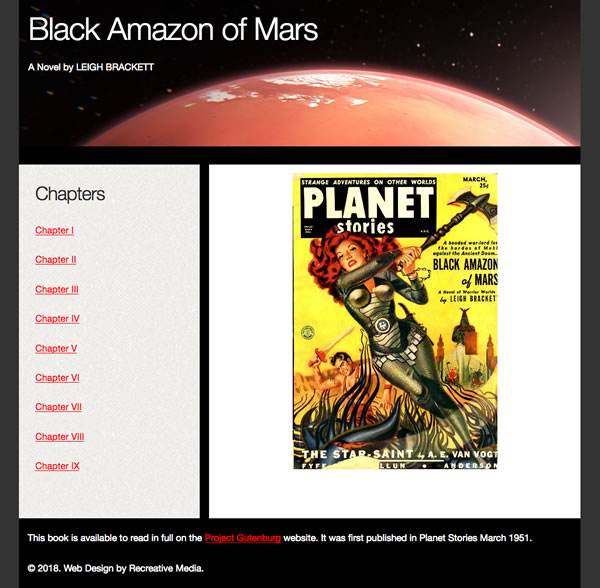You have different responsibilities: a job or business, family and yourself. These responsibilities can leave you with little time to spend on things that you are passionate about. Whether you choose to work on a side project or a hobby, how do you find the time?

Photo by Bich Tran from Pexels
Schedule it
Why schedule it? You may have different things that you want to accomplish including your side project. By scheduling it, you make it a priority. If it is on your schedule, you are more likely to do it and less likely to shove it aside for something else.
How much time to you give your project? Your other priorities like family time, hobbies and taking care of yourself will help you to determine how much time to devote to your project. Even if you have 15 minutes per day, you can get closer to finishing your project in small increments.
Use Planning Tools
Plans, goals, To-do lists, bullet journals or a chalkboard can help you keep your side projects on track. No matter what productivity tools that you decide on, they’ll help you on track.
Know When To Stop
Should you stop? A side project should be fun. You should learn something new and enjoy doing it. If your enjoyment is dwindling and you dread doing it, quit working on the project. You can always start something new.
Take Breaks
Sometimes you may need a break. You take days off from work to relax or enjoy a holiday. If you need a break, take it. Your side project should not be another job that you create for yourself. It should be something that you want to do.
Finding time for side projects
Side projects should be something that you want to do. It should let you explore new ideas, be creative and find out if you have a passion for it. When you decide to work on a side project, you can be more successful by:
- Adding time it to your schedule to work on your project
- Use planning tools to help you track and complete your project
- Know when to stop working on a project that no longer interests you
- Take a break when you need it



